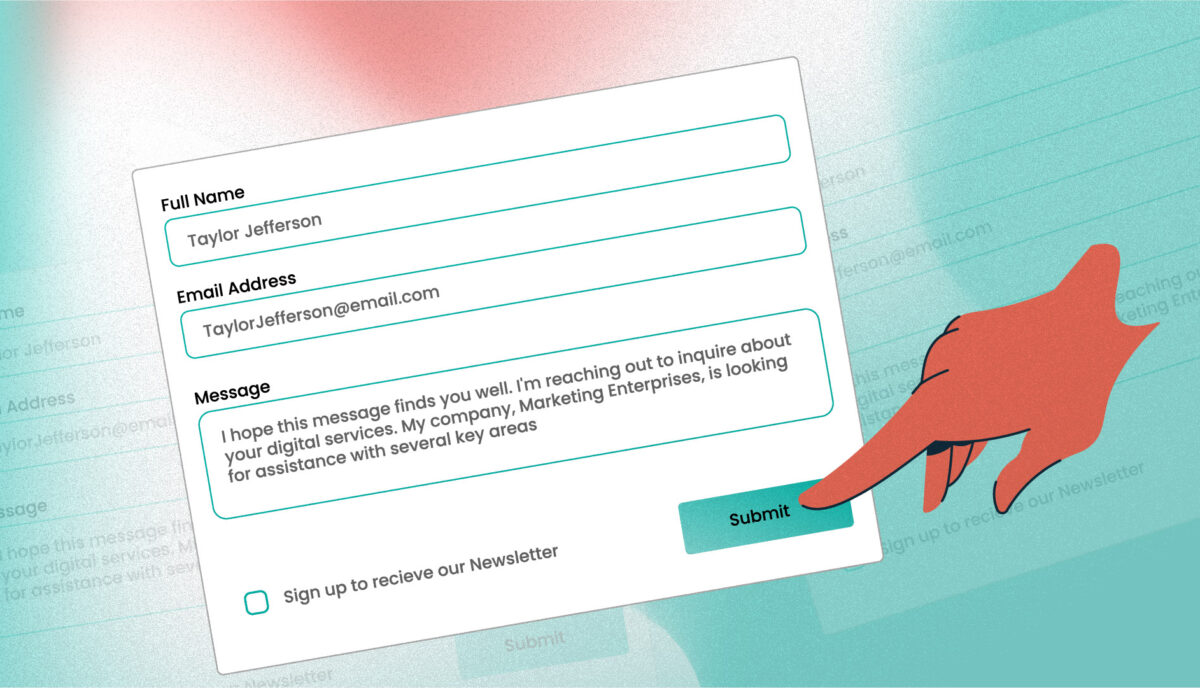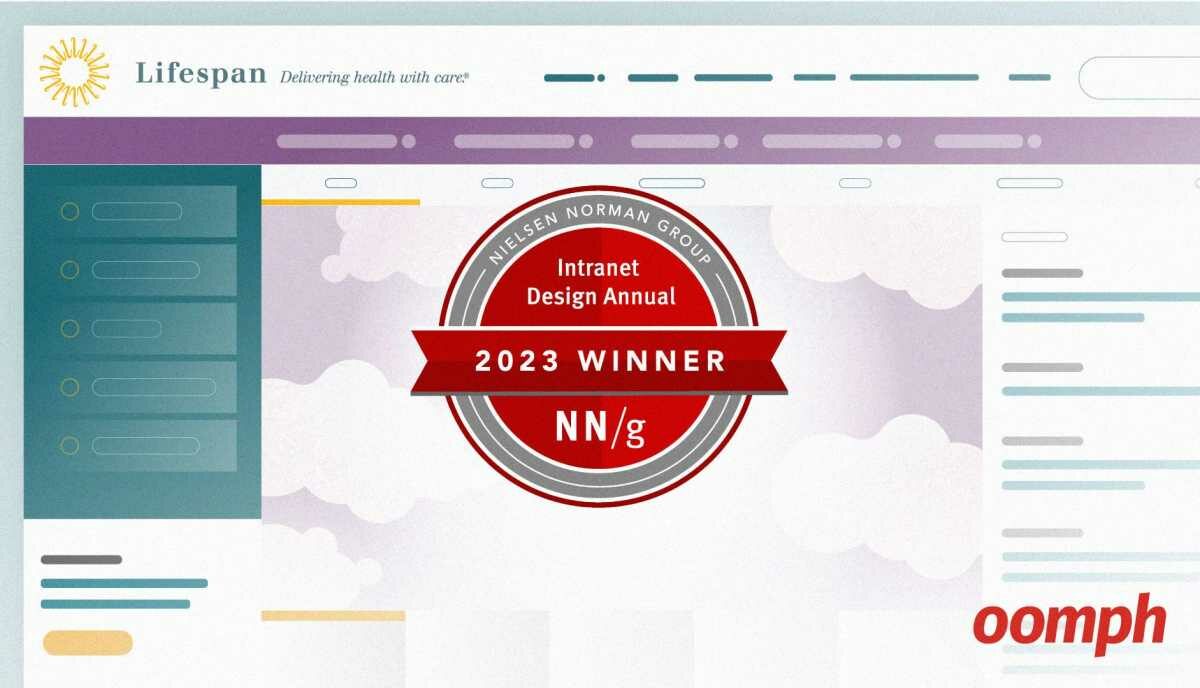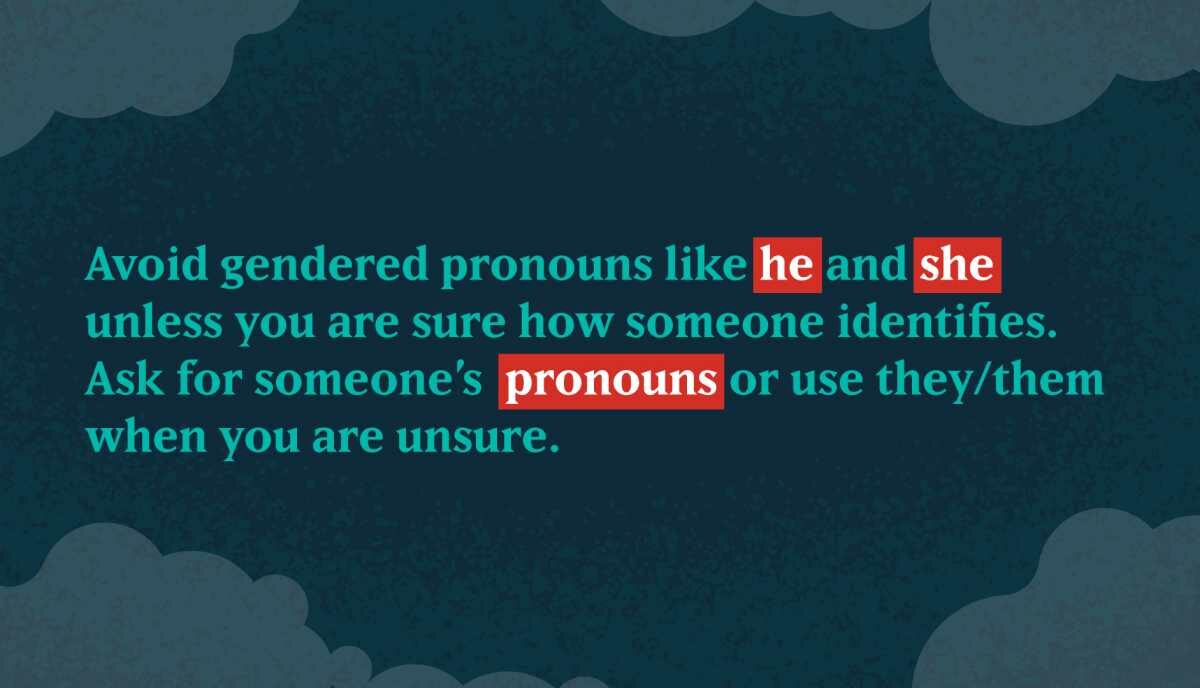Prune Your Site Map Between Major Redesigns
Just like trees, site maps need pruning. It’s easy to add new pages to existing navigation without much thought. Lists of pages in drop-down menus get longer, a page here, a few pages there, and pretty soon, the site map is overgrown.
Most organizations revisit and prune their site map once every few years when a major site redesign is underway. Often the site map is completely reimagined — the tree is reshaped, entire branches are replaced, and smaller branches are pruned away. But one does not need to wait so long to gain the benefits of a leaner, more efficient site map. Like a good gardener, constant care and delicate pruning can ensure that a site map flourishes between redesigns.
Step 1: Revisit Best Practices
The Words in your Navigation Matter
The site navigation is often the first thing people read when they land on a site along with the logo. It’s right there at the top of the page. These navigation section labels are important microcopy — small bits of content that convey the voice and tone of the brand. They should explain everything that a visitor can do on the site and what product or service a company offers. A great first step is to revisit whether or not those labels are still relevant.
Words in the main navigation should work with each other. If your company has section labels like “Products” and “Services,” those two work together. This company offers a list of Services and a list of Products, and I should not find the same item in both menus. The content should be distinct.
Conversely, if site navigation has a section label “Company” as well as “About,” there might be some confusion. What will I find in About that I won’t find in Company, and vice versa? The two labels are not distinct enough. Look for these kinds of issues to keep your site map flourishing.
No More than 10 Pages per Drop Down Menu
This is not a hard and fast rule, but it is one to be aware of. A person’s short term memory is not great about storing more than 10 things at a time — think of 10-digit phone numbers and how hard they can be to remember. Therefore, items in the middle of a long drop down menu will get overlooked, while items at the top and bottom are more easily remembered. This can negatively impact traffic to those items in the middle.
Consider Moving some Main Section items into a Utility Menu
Does your site have a Utility menu? What people in the industry call a Utility menu is a smaller set of links, usually right at the top of the page and aligned to the right (for laptop and desktop computers). It might also be called a “Global Navigation.”
A good example of this was a recent client of ours. They had six items in their main navigation and wanted to add one more. We both wanted to remove one so we could retain six items and not make it seven. We decided to remove the “blog” link from the main navigation and bring it up into the Utility menu. There were a few good reasons: First, “blog” did not have any children pages in a drop-down menu — it was a single link. Therefore it was an easy move. Second, blog content was used throughout the site as topical content; going to the blog was not as necessary — we were bringing the blog content to the visitor where it was most relevant.
Another way to think about them is this — utility links are not special, they are useful. They are the items that visitors expect to see, but that do not add any brand value, like “About,” “Search,” and “Contact.”
Step 2: Read the Analytics Tea Leaves
If your site has any kind of analytics reporting, take a look at the top visited pages. In Google Analytics, take a look at the list of “All pages.” These are the pages that people come to most often throughout their exploration. These have content that is performing well and is useful to visitors, so don’t change where they are in your site map unless there is a major redesign underway.
On the flip side, take a look at which pages are at the bottom of the list. Your audience is finding very little value in these pages. It’s time to evaluate if these pages should be removed or if their content should be consolidated with similar pages.
It’s also helpful to review your “Content drilldown” data report. This will show which groups of pages are most popular. For example, your “Services” parent page may not be in your top ten of the “All pages” report, but the “/services/” content area could very well be in the top 10. This is important to review because you do not want to remove an entire menu item that is performing well only because the parent item is performing poorly.
Step 3: Use more Data to Show What Needs Pruning
Once Steps 1 and 2 are followed, you are ready to leverage additional data to highlight areas that need pruning. There are a few tools that we can recommend:
Hotjar
Hotjar is great tool and recommend it to clients all the time. With its heatmap, mouse movement, and scroll map snapshots we can quickly see where people are clicking or tapping — and therefore, where they are not clicking. The data here should supplement your existing Analytics data. The visuals are a great way to find areas that need further investigation before taking pages out of your site map.
Hotjar works well if your site gets moderate to high traffic. We recommend starting with the free trial and a test on a high-traffic page. It could take a few weeks for Hotjar to collect the recommended 1000 sessions on some sites. Be patient, and review the data once that threshold has been reached to get a more complete picture.
Treejack from Optimal Workshop
We are also fans of an information architecture testing tool called Treejack. It can be used to test existing site maps or new ones. Its workflow is task-based — a study participant is given a task to perform and uses your site map to find a page they think would accomplish that task. It’s real people and real tasks tested against your site map with no design or other context in place.
Treejack would be a good tool to leverage if you were considering a larger change to the site map and the main navigation language. It would take a little bit of effort to set up, but the insights that it offers might prevent changes to the site that would have a negative effect on your users and your traffic.
Google Optimize
You are probably using Google Analytics already because it’s free. Did you know that Google had an A/B Platform as well? Google Optimize is an add-on that can run tests on little things like the language or design of navigation labels and calls to action. It’s a powerful tool that has a learning curve, but can help gather some insightful data to drive effective pruning. Additionally, it integrates directly with your Google Analytics so you can review the feedback in your Behavior reports on GA.
Other Tools
For a small team to perform routine trimming and feeding of their growing site map, platforms like UsabilityHub offer Five-second Tests and First-click Tests. These are relatively easy to create and recruit participants to engage with — people in your office or social circle are good participants, though they may be too close to the content. Using social media and small rewards is another good way to attract participants. If any of those fail, many testing platforms offer ways to purchase participant involvement with your test.
Sharpen those Shears, Get to Pruning
Your site map and main navigation are an integral part of the first impression that your digital property needs to make. That language communicates so much in the first few seconds of a new visit — make sure they are the right words, they are distinct, and they are effective.
Look at your site’s traffic data monthly or at least quarterly. Set aside time every six months to trim the dead leaves and branches from your site tree. If you need more data to drive decision-making, investigate our toolset as a first step.
Finally, and most importantly, don’t wait years and years between redesigns to fertilize or prune your site map. As your business evolves, so should the navigation. Incremental changes at least twice a year will also make it easier when it comes time to redesign. You’ll be equipped with your user data and a deeper understanding of what your audience finds to be the most valuable from your site.
Need some gardening assistance? Oomph offers an array of strategy services to help any organization get the most out of their content.


